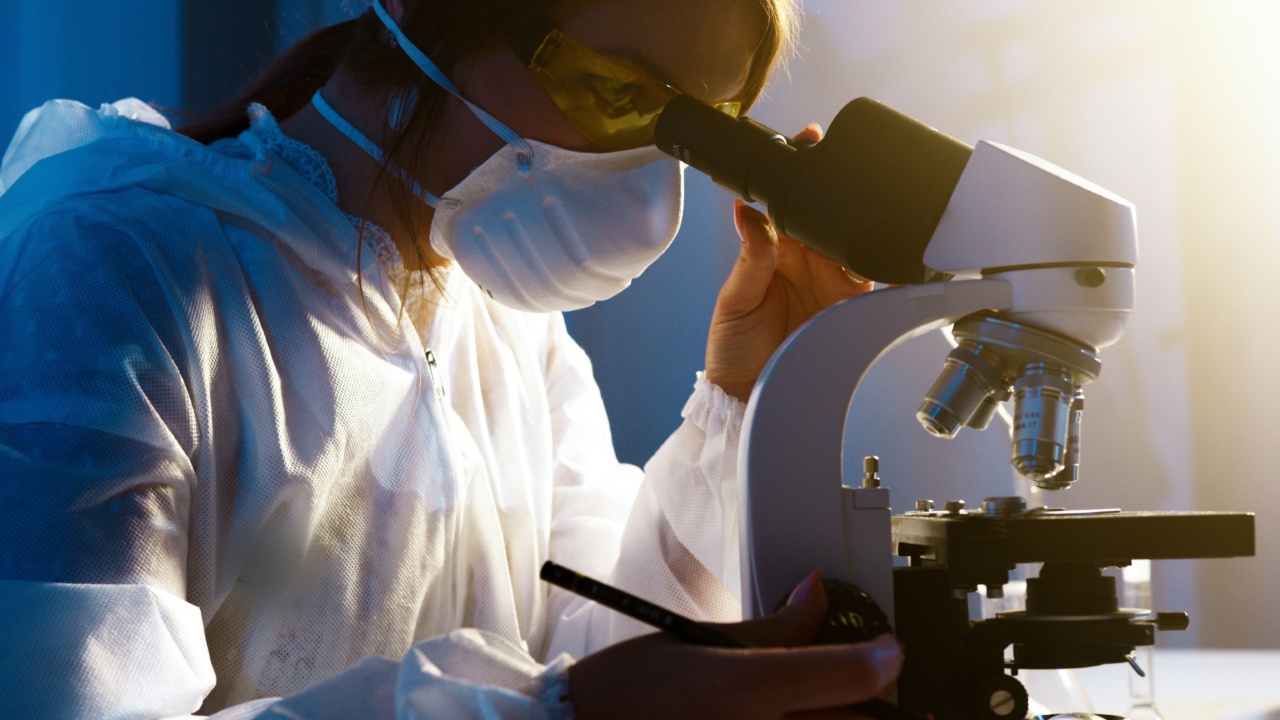Orgasms have always been a topic of fascination and intrigue. They are the pinnacle of pleasure and release, with various physiological and psychological effects.
But did you know that women’s orgasms can actually boost conception rates? It may sound surprising, but there is scientific evidence to support this claim. In this article, we delve into the science behind women’s orgasms and their impact on conception.
Understanding the Female Reproductive System
Before we dive into the connection between orgasms and conception, it is crucial to understand the female reproductive system. Women have two ovaries that release eggs during ovulation, which typically occurs once a month.
During sexual intercourse, sperm is ejaculated into the vagina and travels through the cervix and into the uterus, where fertilization takes place if an egg is present. The fertilized egg then implants itself in the uterine lining, leading to pregnancy.
The Role of Orgasms in Conception
Orgasms serve as a natural mechanism that helps facilitate conception. When a woman orgasms, it triggers a series of physiological responses in her body that improve the chances of conception. Here’s how:.
1. Increased Blood Flow
During orgasm, blood flow to the pelvic region increases significantly. This surge in blood flow helps to enhance the function of the reproductive organs, including the uterus and ovaries.
It also boosts the supply of essential nutrients and oxygen to the uterine lining, creating a more favorable environment for fertilization and implantation.
2. Uterine Contractions
Orgasms are characterized by intense rhythmic contractions of the pelvic and uterine muscles. These contractions create a suction effect, drawing sperm into the uterus more efficiently.
Studies have shown that these contractions can help transport sperm from the cervix to the fallopian tubes, increasing the chances of fertilization.
3. Improved Sperm Retention
Female orgasms also play a role in enhancing sperm retention. Researchers have found that the contractions during orgasm cause the cervix to dip into a pool of semen present in the vagina.
This dipping motion facilitates the entrance of sperm into the cervix, helping them bypass potential barriers and reach the uterus faster.
4. Hormonal Changes
During orgasm, the brain releases a surge of hormones, including oxytocin. This hormone is often referred to as the “love hormone” and is associated with feelings of bonding and attachment.
Oxytocin also plays a vital role in fertility by promoting uterine contractions and facilitating sperm transport, further increasing the likelihood of conception.
5. Heightened Sexual Arousal
Orgasms are the result of heightened sexual arousal, which leads to increased lubrication and relaxation of the vaginal muscles.
These physiological changes create a friendly environment for sperm, allowing them to swim more easily towards the awaiting egg.
6. Increased Cervical Ripening
Orgasms have been linked to the ripening or softening of the cervix. A soft cervix is more receptive to the entry of sperm and provides a smoother path for them to travel through.
This increased cervical ripening, coupled with the surge in blood flow, enhances the chances of successful fertilization.
7. Psychological and Emotional Factors
The mind-body connection should not be overlooked when discussing the science behind women’s orgasms and conception. The pleasurable sensations associated with orgasm release endorphins, dopamine, and serotonin.
These chemicals promote overall well-being and reduce stress and anxiety levels. Lower stress levels have been linked to increased fertility rates, as high levels of stress can interfere with hormonal balance and disrupt normal reproductive function.
The Importance of Communication and Emotional Well-being
While the physiological effects of orgasms on conception are fascinating, it is important to emphasize the role of emotional well-being and communication between partners.
Studies have shown that women who feel emotionally connected to their partners and experience open communication are more likely to reach orgasm during intercourse. Emotional intimacy and open dialogue contribute to a satisfying sexual experience and ultimately enhance the chances of conception.
Conclusion
Orgasms are not only a source of pleasure but also hold a significant role in boosting conception rates for women.
Through increased blood flow, uterine contractions, improved sperm retention, hormonal changes, heightened sexual arousal, cervical ripening, and psychological well-being, orgasms create an optimal environment for sperm to reach and fertilize the awaiting egg. However, it is essential to remember that conception is a complex process influenced by various factors. Open communication, emotional well-being, and a loving relationship also play vital roles in optimizing fertility.




























